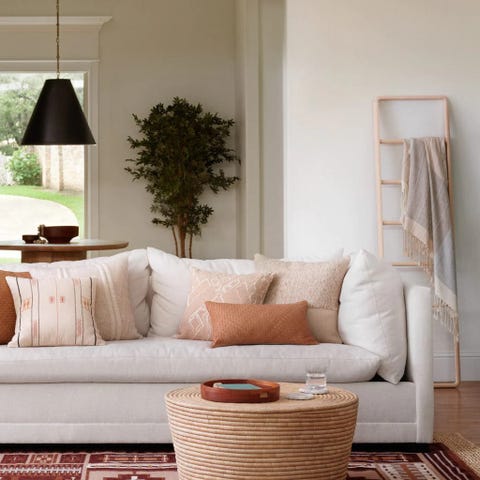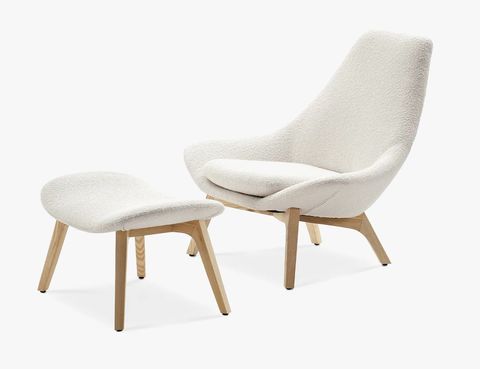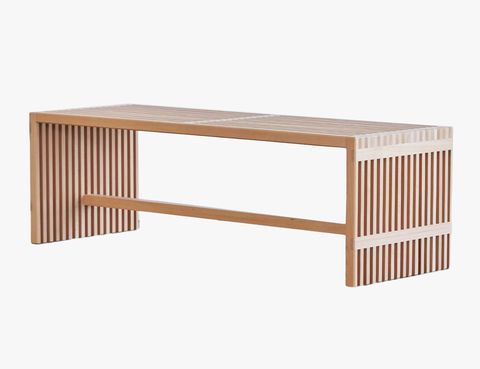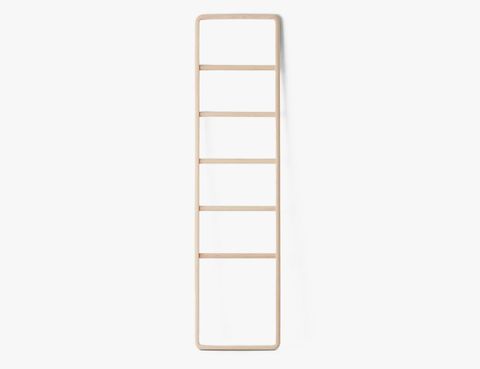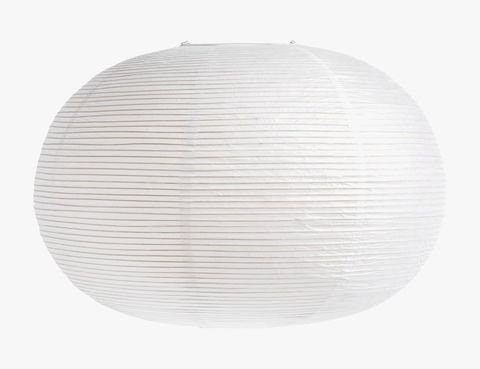When it comes to interior design, there are almost endless styles to choose from, and most are pretty straightforward. Mid-century modern is made up of modern designs from the mid-twentieth century. Traditional design takes its cue from the Georgian and Victorian eras. Farmhouse, industrial, coastal ... these styles all essentially look like their namesakes would suggest. But one newer interior design style that's risen to prominence over the past few years isn't quite so obvious: Japandi style.
Japandi style really began to blow up around 2020, and it's only become more popular. Just try going to the interior design-obsessed corners of Instagram, TikTok or YouTube without falling down a Japandi rabbit hole: it's almost impossible.
But what exactly is Japandi style, and more importantly, how can you incorporate it into your home?
Japandi is a mix of Japanese and Scandinavian design styles
"Japandi" might look like a nonsense word, but it's actually a portmanteau of "Japan" and "Scandi," with the latter being shorthand for Scandinavian. At first blush, these two regions — separated by some 5,000 miles and vastly different in climate, culture and history — would appear to have very little in common. But aesthetically, their traditional design styles are the perfect match for each other.
The history of Japandi style
There’s disagreement on when the term “Japandi” first entered the lexicon, or who invented it, but it’s been around since at least 2016 when Australia’s Daily Telegraph reported on the use of the term at that year’s Milan Furniture Fair. But regardless of where it came from initially, the term is now very well-known in design circles, and it's shown pretty great staying power as a design trend.
The principles of Japandi style
OK, now that we’ve gone over the basic definition of Japandi design, it’s time to go a little deeper into the core tenets that define the style. While you might be tempted to just fill your home with various goods from Ikea and Yamazaki Home (honestly, not the worst idea), there are a few more things to keep in mind if you truly want to pursue a Japandi look for your space.
Neutral Colors
Neither bright flamboyant colors nor dark and moody shades have a place in Japandi style. Instead, the trend calls for neutral colors and earth tones. Think warm shades of white, beige and brown, and cool and calming grays and blues. These sorts of colors invite feelings of hygge, a Danish concept of coziness and taking time to enjoy the simple pleasures of life.
Natural Materials
Materials derived from nature, especially wood, are frequently used in both Japanese and Scandi design, so it’s no surprise that they’re essential to Japandi style as well. You’ll want to avoid plastics and industrial-looking metals and go for more natural vibes. Stone, bamboo and various types of wood should be your furniture’s foundation and opt for wool, linen, rice paper and other natural fibers when selecting upholstery and accessories.
Connection to Nature
In addition to incorporating natural materials in your furniture, you should also invite nature into your home in other ways. One of the most important ways to do this — and one of the easiest — is through natural light. Make sure your Japandi space has access to windows, as lots of sunlight is essential for the trend (it will improve your mood, too). Bringing in houseplants is another great, easy way to bring some of the natural world into your Japandi-style home.
Minimalism
Scandinavian design, particularly Danish modern, is known for its clean lines and practicality. Meanwhile, Japanese traditions favor simplicity and decorating with intention. The two schools of thought come together quite naturally in Japandi design, which calls for minimalist designs and an overall lack of clutter. Look for clean, modern furniture that lacks embellishment, make sure every item in your space has a purpose and keep things tidy.
Craftsmanship & Sustainability
A key component of Japandi style is a focus on craftsmanship and sustainability. Japanese culture favors artisanal, high-quality items that are made to last forever. In Japanese households, it’s more common to fix a broken item rather than throw it away, naturally resulting in a more sustainable way of living. Related to this is the traditional Japanese concept of wabi-sabi, which is an appreciation of imperfection.
Sustainability is important in Scandinavian countries as well, with Denmark, Sweden and Norway ranking as the second, third and fourth most sustainable countries in the world in 2022 according to the UN’s Sustainable Development Report (neighboring Finland, which shares many cultural traits with Scandinavia, ranks first). Filling your home with unique, handmade goods that are built to last and made with sustainable practices will go a long way toward creating the Japandi space of your dreams.
How to get Japandi style in your home
If you follow the principles laid out above, you'll be well on your way to crafting a warm and welcoming Japandi space in your home. Here are a few pieces to pick up that exemplify the style to get you started.
Styled like a traditional mid-century Danish lounge chair with its exposed wood frame, this comfy seat from Castlery also boasts a silhouette inspired by Japanese architecture for some extra Japandi vibes.
Avocado's Zero Waste collection is arguably the most sustainable furniture collection from a major brand, as it's made entirely from upcycled wood from the brand's own workshop. This slatted bench channels mid-century Scandi vibes and is made from 100% natural beechwood.
The Citizenry is a great spot to shop for handmade goods, as the brand works with artisans worldwide to commission unique pieces. This decorative storage ladder is handcrafted from sustainably-harvested and fragrant hinoki wood in a fair-trade facility in Okawa, Japan. Each one takes a week to complete.
Natural light is notoriously hard to come by at night, so you'll need to supply some artificial lighting for your Japandi space, too. This pendant from Danish design favorite Hay is made from an airy mix of bamboo and rice paper and provides a warm glow that's soft and comforting — very hygge.









